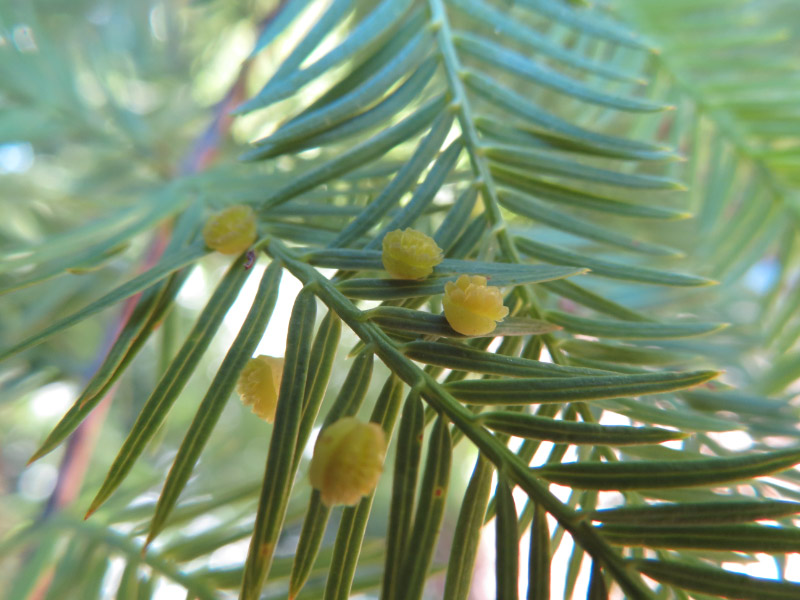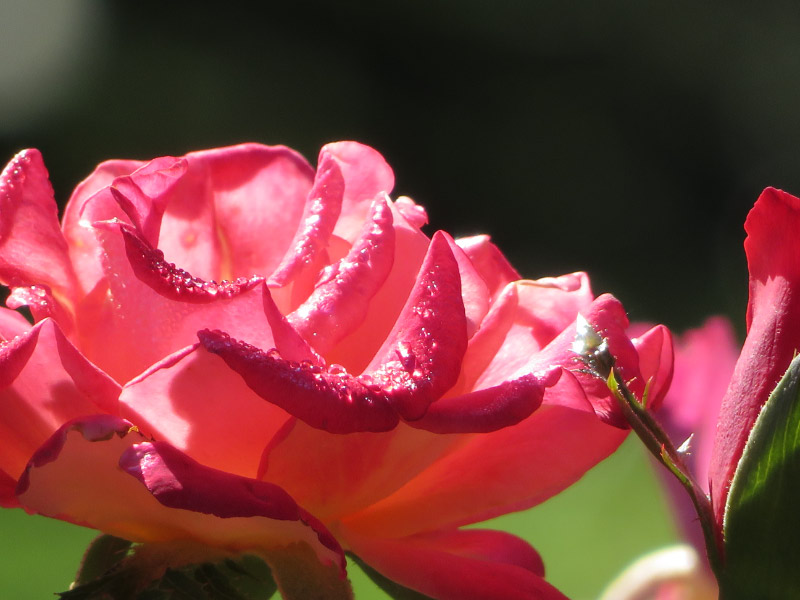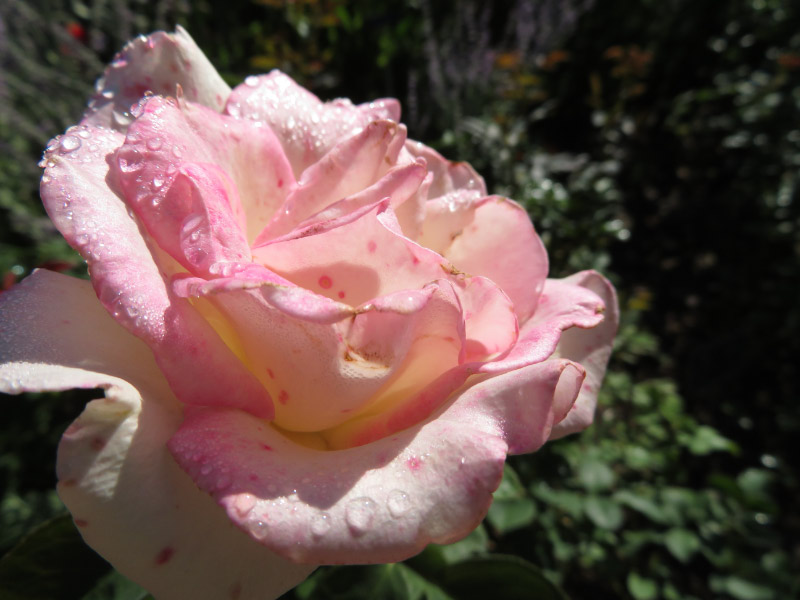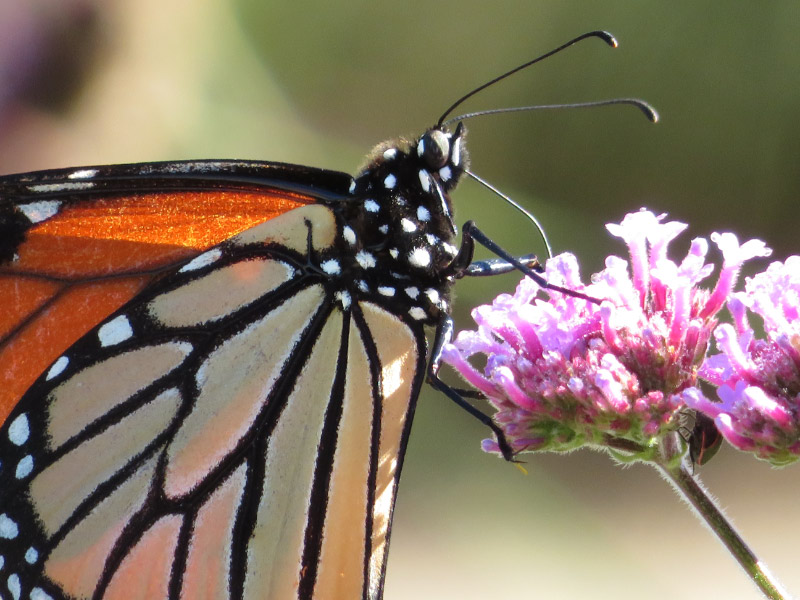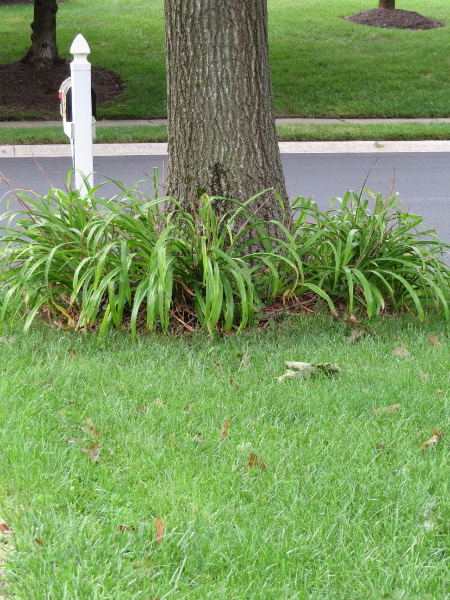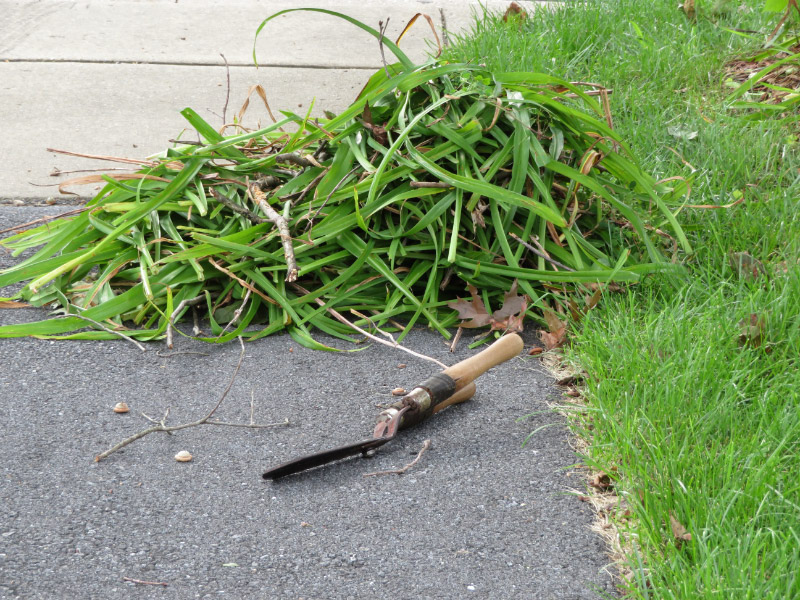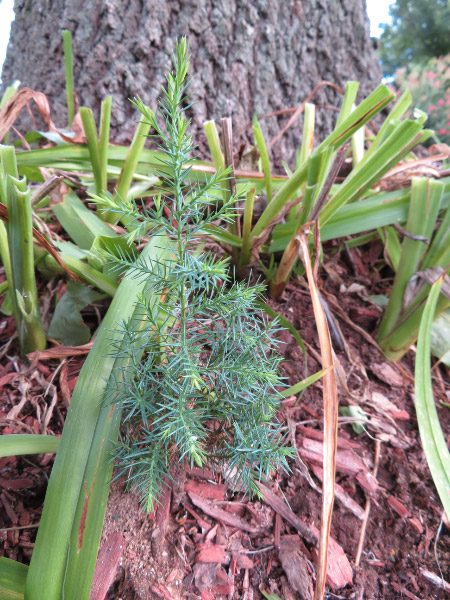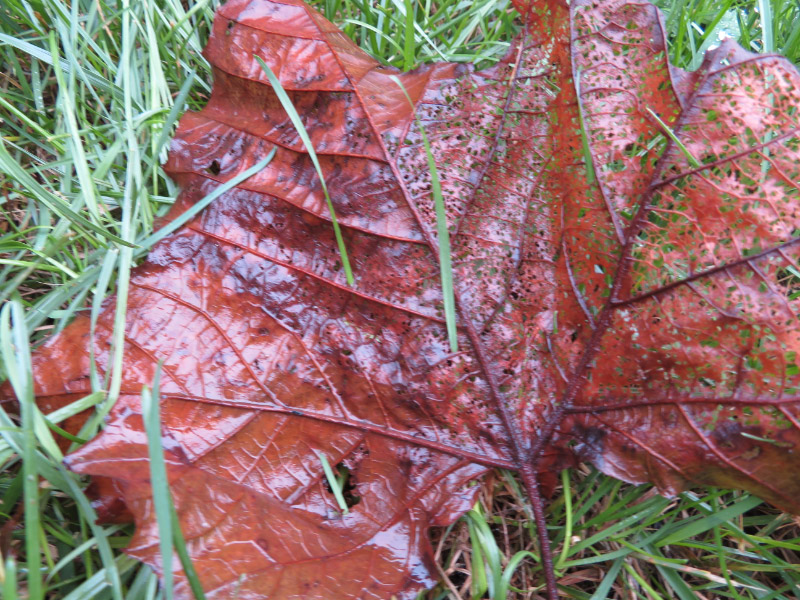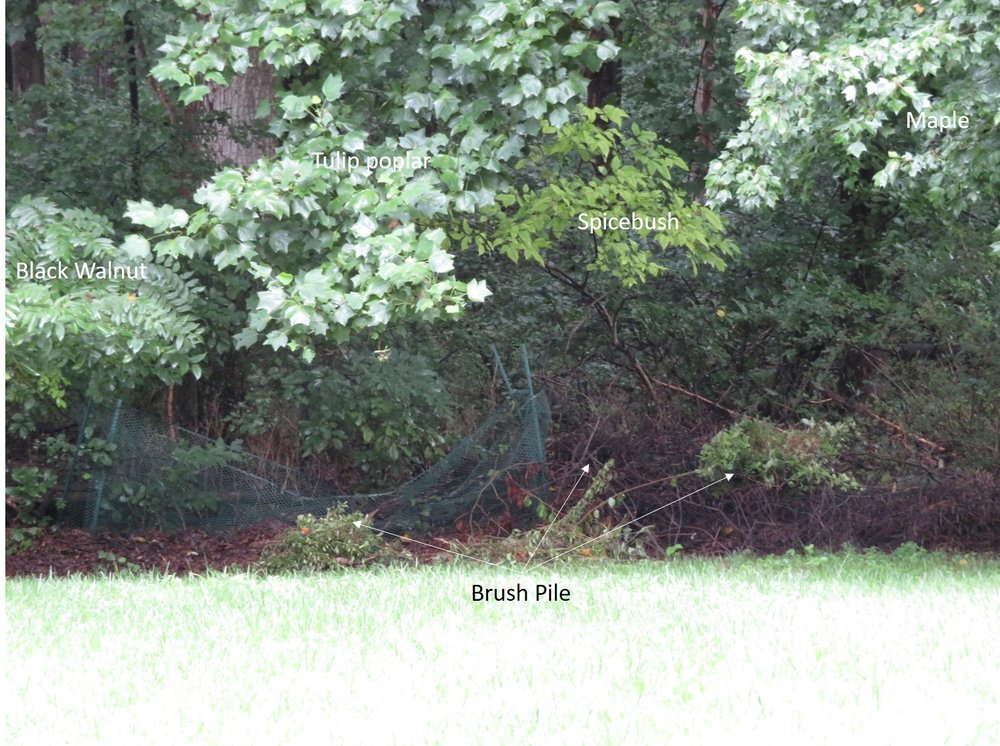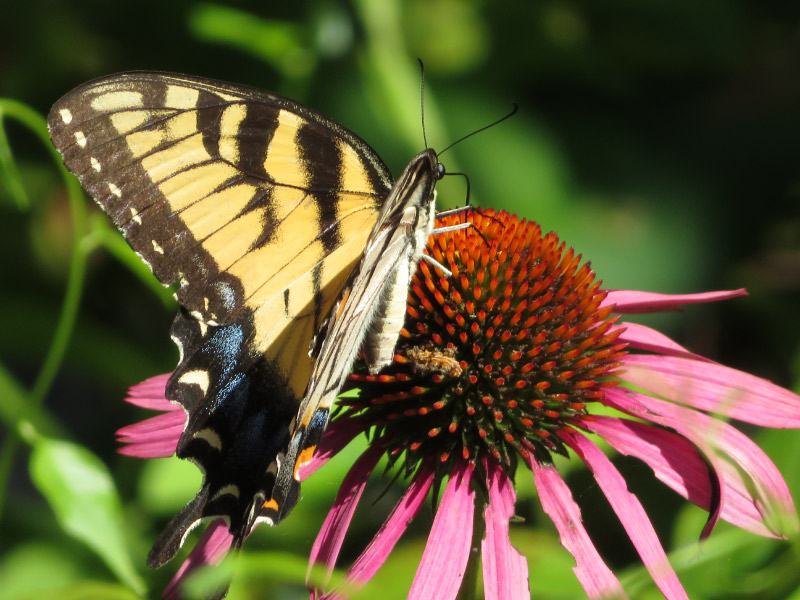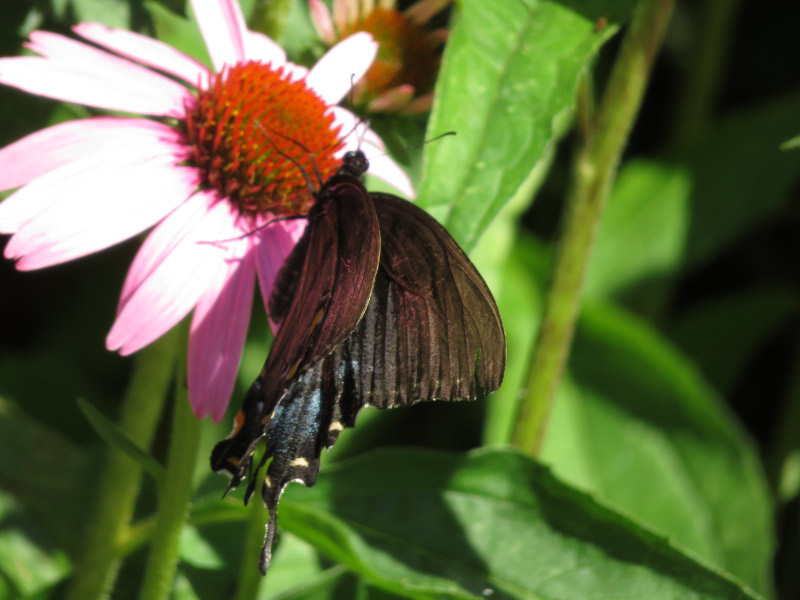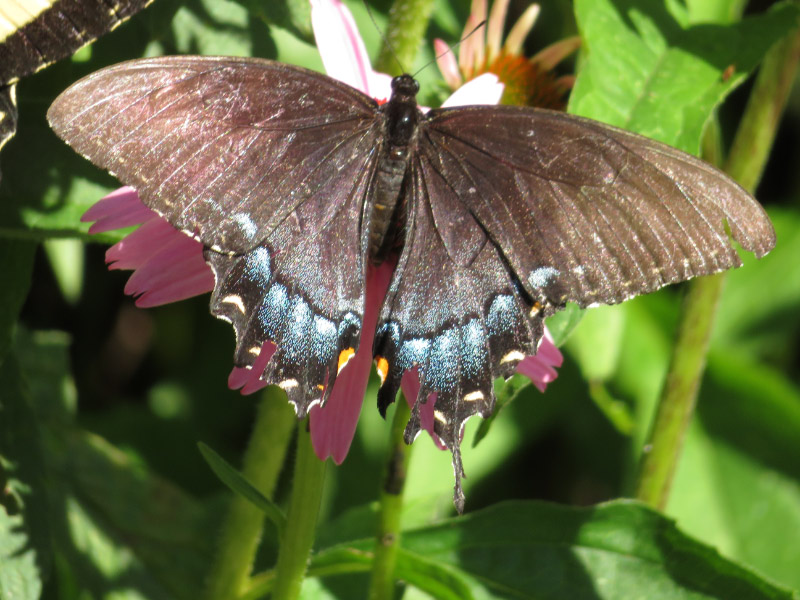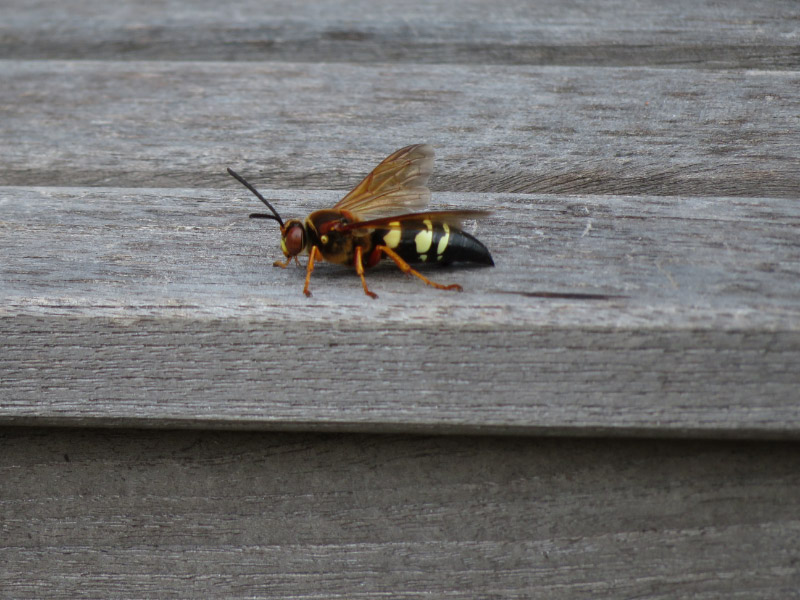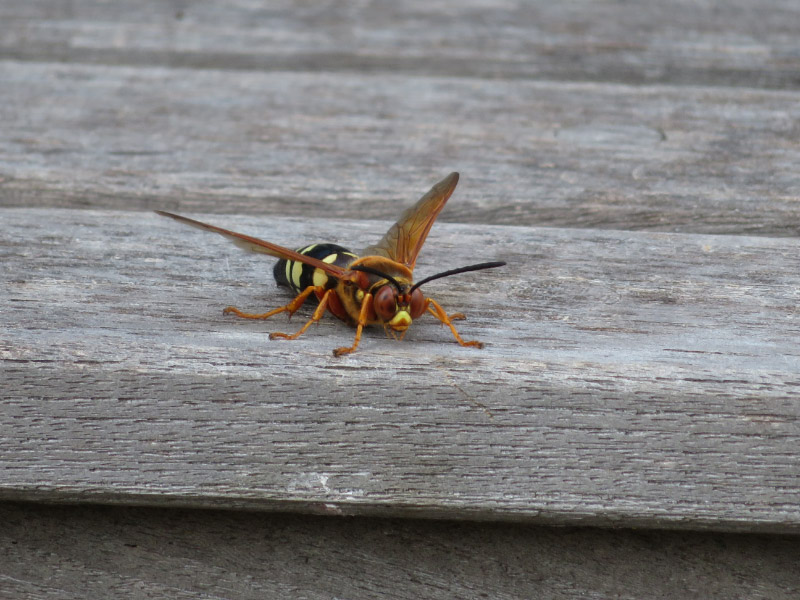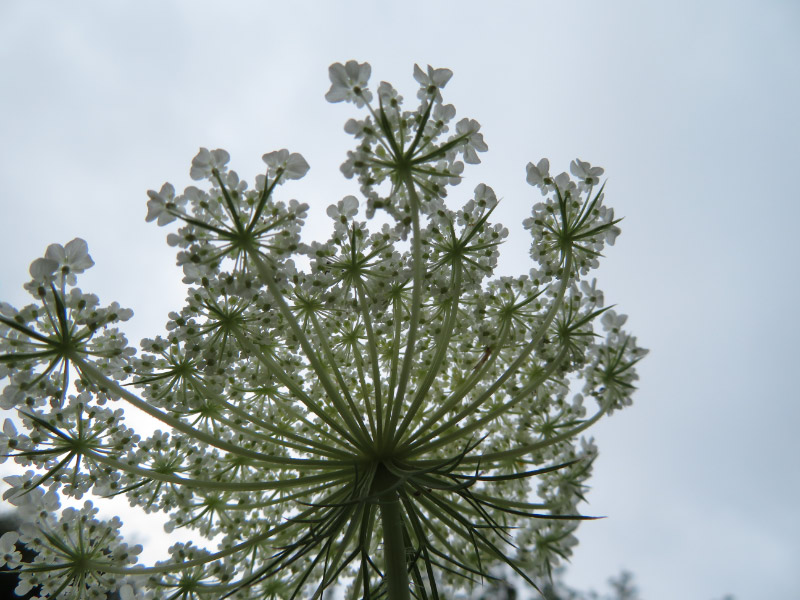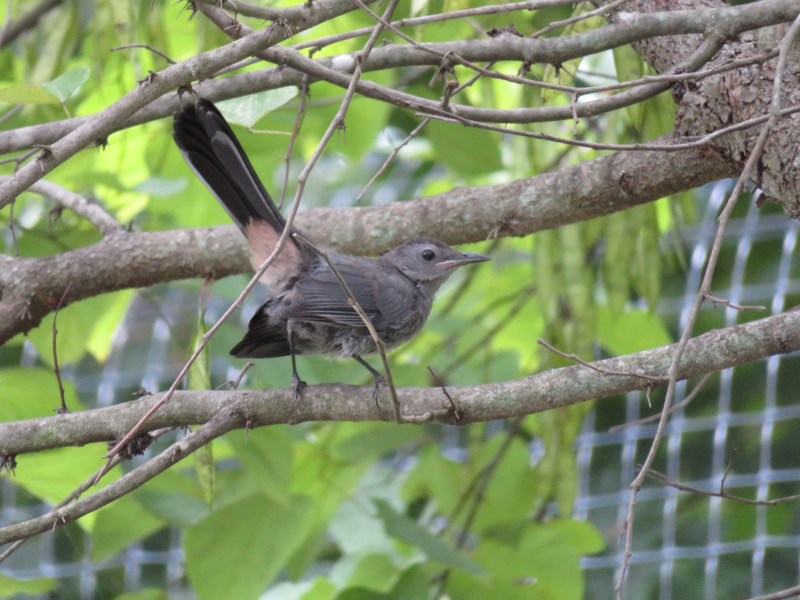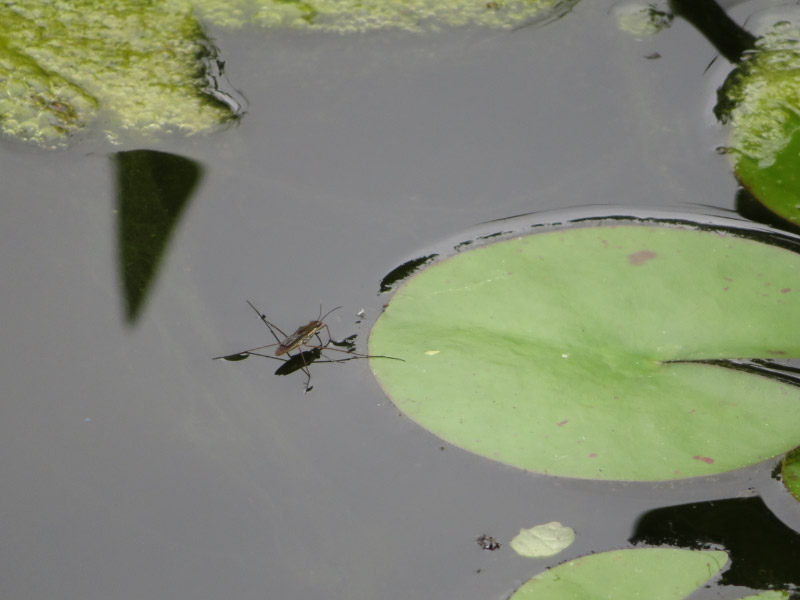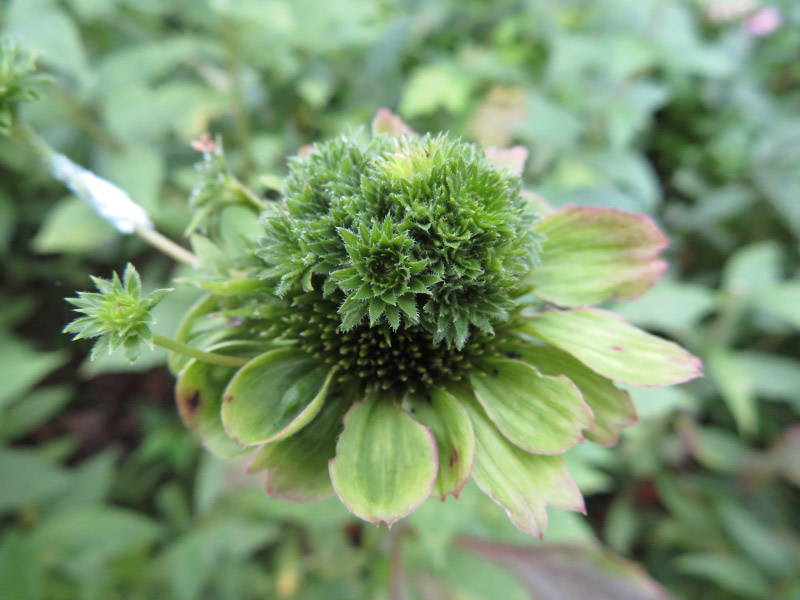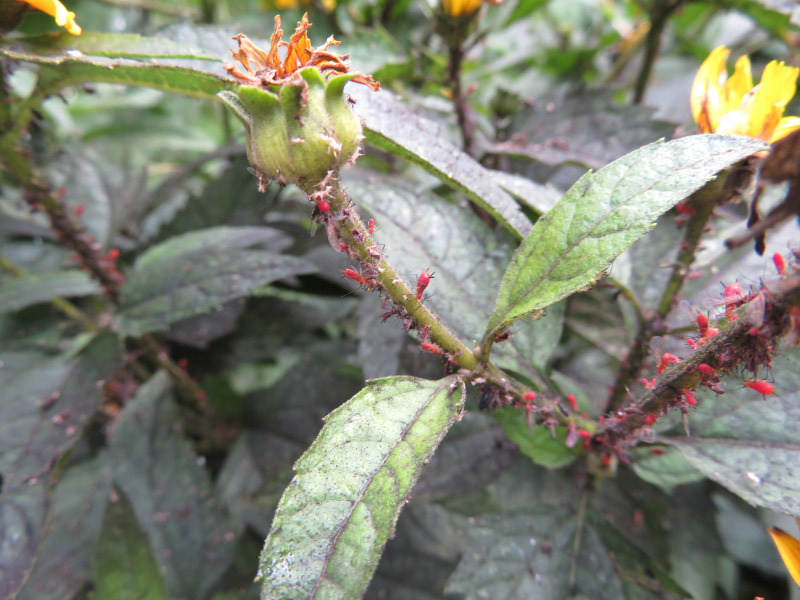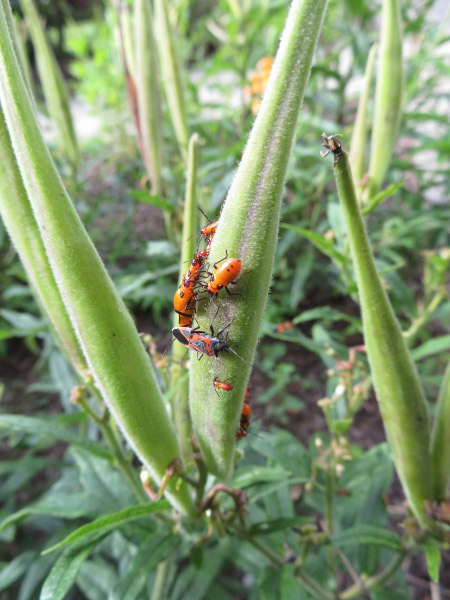August has been a busy month – volunteering (primarily at Brookside Gardens’ Wings of Fancy) and the solar eclipse road trip. There has been plenty to celebrate.
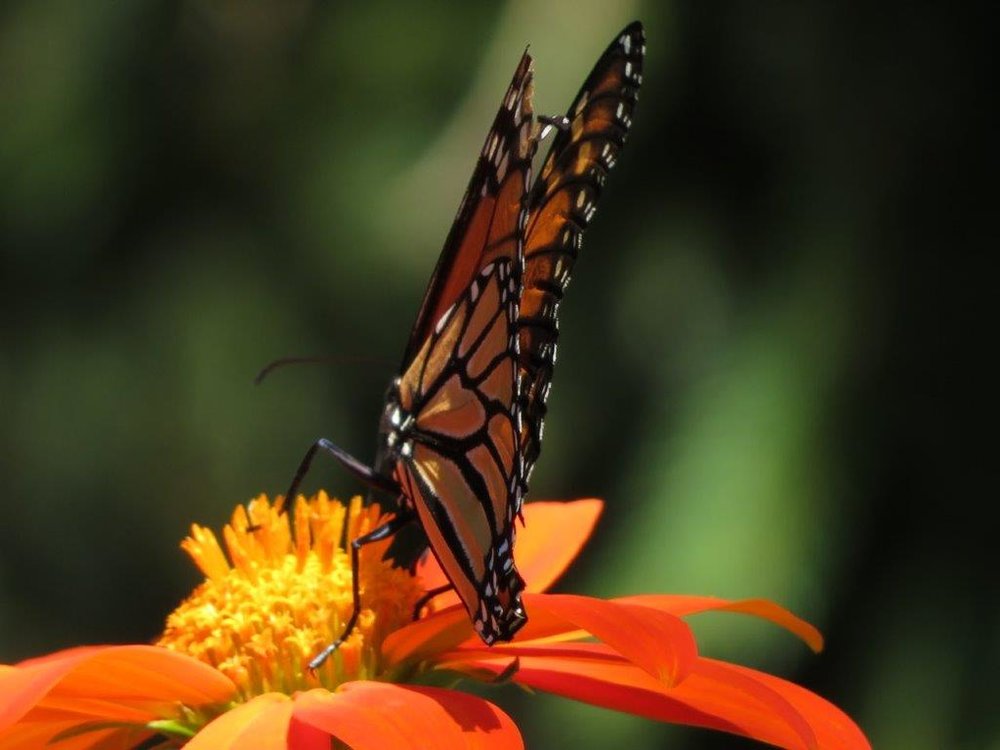 Monarch Butterflies. The population of Monarchs in Maryland is so reduced from 15 years ago that I celebrate whenever I see them. Brookside Gardens has a few and they are strong enough flyers that I’ve seen them even on rainy days where most of the other butterflies are hiding under leaves.
Monarch Butterflies. The population of Monarchs in Maryland is so reduced from 15 years ago that I celebrate whenever I see them. Brookside Gardens has a few and they are strong enough flyers that I’ve seen them even on rainy days where most of the other butterflies are hiding under leaves.
Orange dead leaf butterfly resting on my hand. An orange dead leaf butterfly kept me company for the last 20 minutes of one of my Wings of Fancy shifts! It settled onto my hand and used its proboscis to get whatever was on my skin. Periodically it opened its wings – flashed their brilliance for a second or two before looking like a dead leaf again. (picture from back in July...not when it was on my hand)
Emerging Atala butterfly. I was at the discovery station talking with a group of children in front of the discovery station when an Atala butterfly emerged. Its wings were folded so tight that they were almost not visible! The was a great experience for the children…and for me too.
Emerging pipevine swallowtails. One day there were three swallowtails that emerged during the hour I was at the discovery station at Wings of Fancy. There was a different audience of families each time. Someone would comment that one of the chrysalises was moving and then – the butterfly would be pulling itself out. The wings would be very wet but noticeably start expanding almost immediately.
Cantaloupe. We’ve has some great watermelon and cantaloupes from our CSA this year. They are probably all worth a little celebration but there was one cantaloupe that was spectacularly sweet – and that’s the one I’m thinking about as I write this.
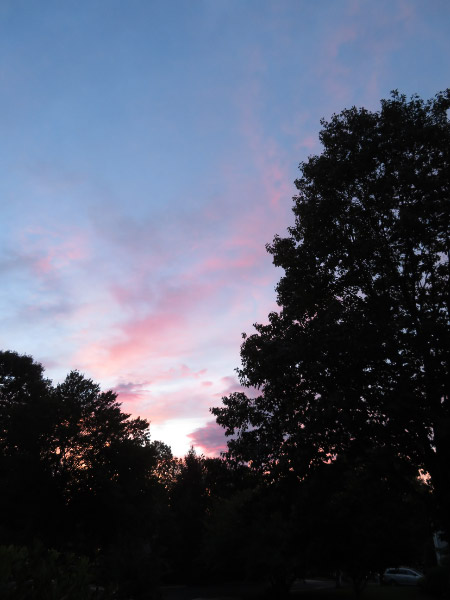 August sunrise. Somehow being up and observing the sunrise is my favorite way to start the day. It is something to celebrate even if it potentially happens every day!
August sunrise. Somehow being up and observing the sunrise is my favorite way to start the day. It is something to celebrate even if it potentially happens every day!
Orange striped oakworm caterpillar. Yes – it eats oak leave…but they don’t kill the tree. They are beautiful caterpillars and I celebrated seeing one for the first time!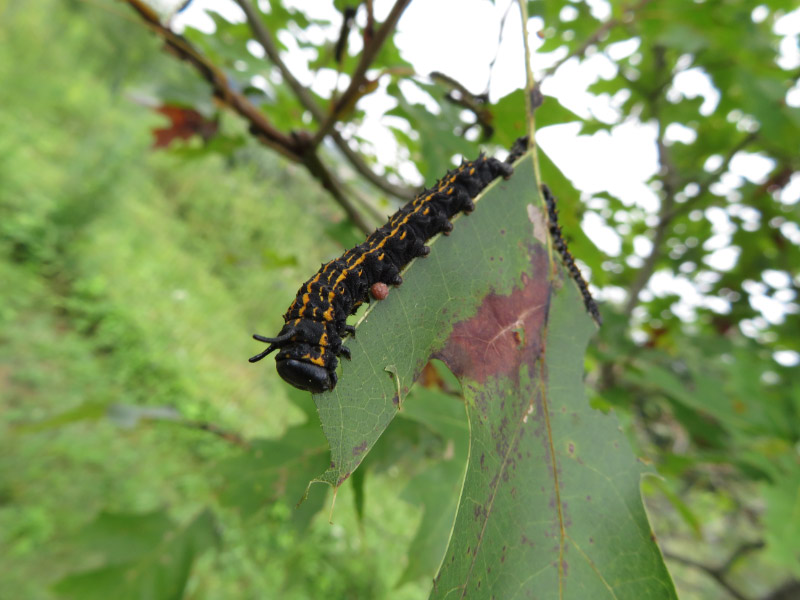
Spider web on the mailbox. I celebrated a spider web that was naturally misted (with fog) and being in out at the right time to photograph it. As a secondary little celebration – I was relieved that the ants that crawled up my legs, while I was concentrating on photography, did not bite me!
Glow. I celebrated thinking about the glow of light in flowers and glow of interactions with people…sometimes those two things bring out similar emotions.
A day at home. Sometimes with a lot going on, a day at home is just what I need…and worth celebrating.























